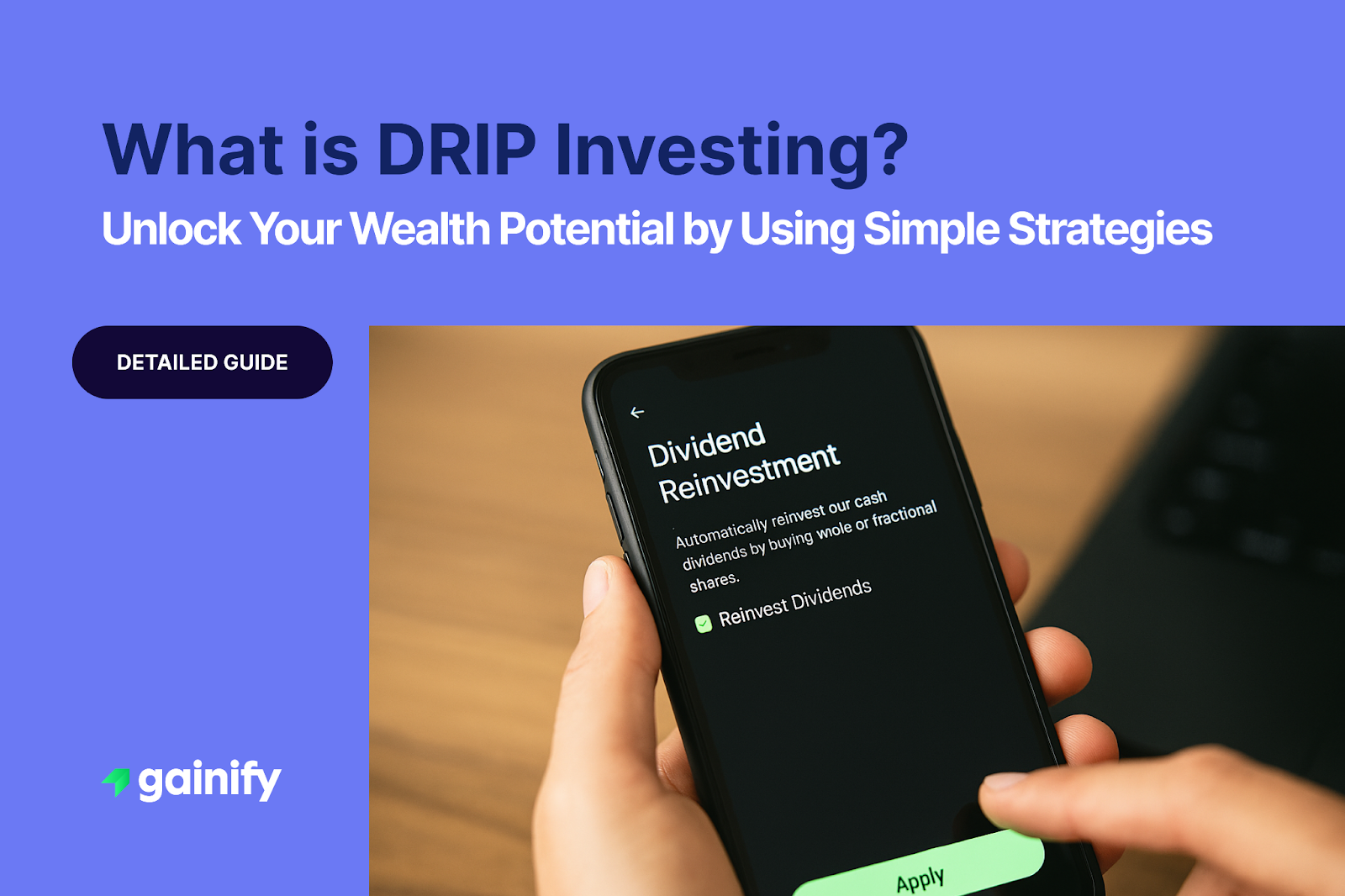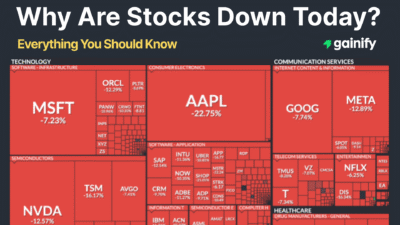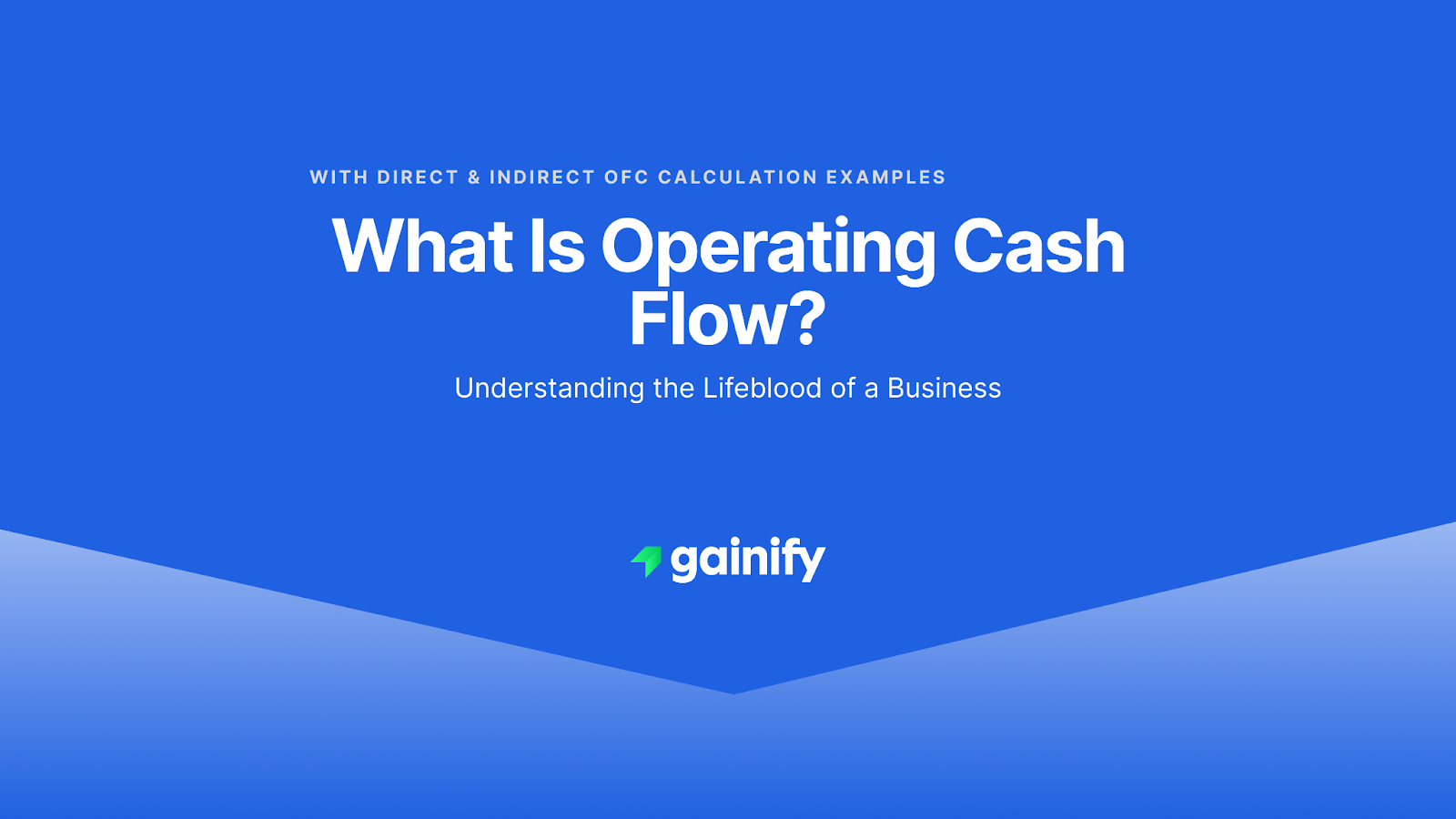Many individuals spend their working lives earning money, dedicating their time and effort to build financial security. A significant turning point in personal finance arrives when one discovers the ability to make money work tirelessly on their behalf. This involves strategically putting capital into action, utilizing intelligent approaches to grow wealth without the constant exchange of time for income.
Among the most effective yet elegantly simple strategies available to investors today is DRIP investing, often known as a Dividend Reinvestment Plan. This approach offers a clear path to amplifying your investment returns, leveraging the powerful force of compounding to build substantial long-term wealth. It empowers individuals to transform periodic payouts into an engine for continuous portfolio expansion.
The concept of DRIP investing is not complex. It involves a straightforward decision that can profoundly impact your financial future. When you choose to reinvest your dividends, you are consciously directing a company’s profits back into your holdings, allowing them to acquire additional shares and generate even more returns. This creates a self-perpetuating cycle of growth.
In this comprehensive guide, we will explore what is DRIP investing, detailing how it operates and why it holds such immense potential for long-term financial stability. We will delve into its practical application, discuss its tax implications, and offer a nuanced perspective on when taking cash dividends might align better with specific financial goals. Our aim is to provide you with expert insights, empowering you to make informed decisions for your investment journey.
What Is DRIP Investing?
Dividend reinvestment is a powerful mechanism where, rather than receiving cash payouts from a company, those dividends are automatically used to purchase additional shares of the same stock or fund. Companies typically distribute dividends as a portion of their earnings to shareholders, commonly on a quarterly basis. With a Dividend Reinvestment Plan (DRIP), these cash distributions are immediately channeled back into buying more ownership units of the company.
This process is remarkably straightforward and often becomes entirely automatic. Most leading brokerage firms in the United States, including Fidelity, Schwab, Vanguard, E*TRADE, and Robinhood, offer commission-free dividend reinvestment programs. Once enabled, the reinvestment occurs seamlessly, requiring no additional effort from your side. Even if a dividend payout is not sufficient to purchase a full share, brokers typically facilitate the acquisition of fractional shares, ensuring that every dollar of your dividend is invested. This consistent, low-cost method allows your holdings to grow steadily over time, transforming sporadic income into continuous investment.
The Power of Compounding with DRIPs
The true genius behind reinvesting dividends lies in compounding, where your investments generate returns not only on your initial capital but also on the returns already earned. Over time this accelerates growth at an ever-increasing pace.
As Charlie Munger said, “The first rule of compounding: Never interrupt it unnecessarily.” Reinvesting dividends lets you capture this power. Each reinvested payout buys more shares, which then earn additional dividends that are reinvested again, producing a continuous and accelerating cycle.
By consistently channeling dividends back into your portfolio, you transform them from a separate income stream into a powerful engine for capital appreciation. This disciplined approach significantly enhances long-term performance, particularly for investors who are not in immediate need of income. Reinvestment sustains the momentum of compounding, leading to a much greater portfolio value over extended periods.
For instance, a hypothetical initial investment of $10,000, growing at 6% annually with a 3% annual dividend yield, could result in a portfolio worth approximately $132,676.78 after 30 years if dividends are reinvested, compared to $81,152.37 without reinvestment. This illustrates the substantial long-term advantage of integrating reinvested dividends into your wealth-building strategy.
How to Set Up a Dividend Reinvestment Plan (DRIP)
Activating automatic dividend reinvestment through a DRIP is a straightforward process supported by most major U.S. brokerages. These plans simplify your investing by ensuring that every dividend received automatically translates into additional shares of the same security.
Begin by enabling DRIP directly through your brokerage account. Most leading platforms allow you to select a “Reinvest dividends” option when making a trade, or you can adjust this setting within your existing account management interface. You typically have the flexibility to apply this setting across your entire account or for specific holdings within your portfolio.
For investors holding multiple dividend-paying stocks or funds, the ability to customize preferences for each security is usually available. For example, you might opt to reinvest dividends from long-term growth-oriented stocks while choosing to receive cash from positions intended primarily for income generation. These preferences can be modified at any time to align with your evolving investment strategy.
On each dividend payment date, your brokerage account will automatically use the dividend proceeds to purchase more shares of the corresponding security. As many brokerages support fractional share purchases, even small dividend amounts are fully invested. This process is typically free of commissions or fees, meaning the full amount of your dividend, after any applicable taxes, is efficiently deployed back into your portfolio, offering a cost-effective way to build long-term value.
Tax Implications of Reinvesting Dividends
Understanding how reinvested dividends are taxed is essential, especially as the treatment differs between taxable and tax-advantaged accounts. While reinvesting dividends is a smart strategy for compounding and long-term portfolio growth, it does not exempt you from tax responsibilities in most cases.
In a taxable brokerage account, dividends are typically considered taxable income in the year they are paid by the company, regardless of whether they are taken as cash or automatically reinvested through a DRIP. This means you must report these dividends on your tax return for the year received.
There are two types of dividends to be aware of: qualified dividends, which are generally taxed at the lower long-term capital gains rate (0%, 15%, or 20% depending on your income), and non-qualified dividends, which are taxed at your ordinary income tax rate.
In contrast, retirement accounts such as a Roth IRA or 401(k) offer different treatment. In a Roth IRA, contributions are made with after-tax dollars, and qualified withdrawals are entirely tax-free, provided the account has been open for at least five years and the account holder is age 59½ or older. In a traditional 401(k) or traditional IRA, dividends can be reinvested tax-deferred, meaning taxes are postponed until funds are withdrawn in retirement.
This tax-advantaged growth makes dividend reinvestment especially effective within retirement accounts. Since dividends are not taxed annually in these accounts, every dollar can remain invested, allowing for more efficient compound growth over time without the drag of annual tax payments.
A Nuanced Perspective: When to Consider Taking Cash Instead
While dividend reinvestment serves as an optimal default strategy for long-term growth, there are specific situations where receiving dividends as cash may be a more appropriate choice. This is not about contradicting the benefits of reinvestment, but rather about aligning your investment approach with your current financial circumstances and evolving goals.
One primary reason to take dividends in cash is an immediate need for income. For instance, if you are in retirement and rely on your investments to cover living expenses, receiving regular cash flow from dividends can directly support your financial needs. In this scenario, the objective shifts from maximizing future growth to generating consistent income for present use.
Another consideration involves diversification or portfolio rebalancing. When you continuously reinvest dividends into the same stock, that particular position’s weighting within your portfolio may grow significantly over time. If a stock or sector becomes an overly large portion of your holdings, it can introduce concentration risk. In such cases, taking dividends as cash provides the flexibility to reallocate that capital into other individual stocks, funds, or asset classes to maintain a more balanced and diversified portfolio.
Furthermore, if you have valuation concerns about a specific stock where you hold dividends, choosing to take the cash may be a prudent decision. If you believe a stock is currently overvalued, investing additional capital into it by reinvesting dividends might not be the most advantageous use of funds. Instead, receiving the cash allows you the opportunity to deploy it into other investments that you perceive as more attractive or undervalued. If you choose not to reinvest dividends, it is generally advisable to put that cash to work elsewhere, unless there is a genuine need for immediate spending, to ensure your capital continues to contribute to your financial objectives.
Conclusion: Reinvesting Dividends to Build Long-Term Wealth
For the majority of individuals committed to building wealth over the long term, reinvesting dividends stands as a remarkably straightforward yet profoundly impactful strategy. This approach is designed to amplify your returns by fully embracing the power of compounding growth, setting your portfolio on a self-reinforcing trajectory.
The historical data consistently demonstrates that portfolios utilizing dividend reinvestment tend to achieve significantly superior outcomes over decades compared to those where dividends are merely collected as cash. By reinvesting, you empower each dividend payment to generate its own stream of future dividends, fostering an accelerating cycle of wealth accumulation.
Of course, your dividend strategy should always be a reflection of your personal financial goals. If your portfolio is a primary source of current income to support living expenses, or if you identify more compelling opportunities for that capital elsewhere, then opting to receive cash dividends may serve your needs more effectively. This is a strategic trade-off: reinvested dividends foster greater long-term compounding, while cash dividends offer immediate liquidity, though they may temper future growth potential.
The simplicity and cost-effectiveness of dividend reinvestment plans make them accessible to nearly everyone. Most U.S. brokerages offer free dividend reinvestment plans, often activated with a single setting in your account. Once enabled, your money continually works for you, purchasing additional shares automatically and effortlessly.
If your current financial situation does not necessitate immediate income from your dividends, allowing those payments to roll into more shares is one of the most efficient ways to accelerate your wealth accumulation. The earlier you embark on this path, the more pronounced the compounding advantage becomes over time.
Frequently Asked Questions (FAQ)
Q: What is DRIP investing?
A: DRIP investing, or Dividend Reinvestment Plan, is a strategy where a company’s cash dividends are automatically used to buy more shares of that same company’s stock, rather than being paid out as cash.
Q: Why is compounding important in DRIP investing?
A: Compounding is crucial because it allows your investments to grow by earning returns on both your initial capital and the reinvested dividends. This creates a powerful “snowball effect” where your portfolio grows at an accelerating rate over time, significantly increasing your long-term wealth.
Q: Are there taxes on reinvested dividends?
A: Yes, in taxable accounts, dividends are generally considered taxable income in the year they are received, even if they are reinvested. However, in retirement accounts like a Roth IRA, qualified withdrawals and the growth from reinvested dividends can be entirely tax-free.
Q: When might I want to take dividends as cash?
A: You might choose to take dividends as cash if you need the income for current living expenses, or if you wish to rebalance your portfolio by investing the cash into other assets to maintain diversification or address valuation concerns in the original stock.
Q: Is DRIP investing suitable for all investors?
A: DRIP investing is highly beneficial for most long-term investors focused on wealth accumulation due to its compounding power. However, it may not be suitable for those who need immediate income from their investments or for those seeking to actively rebalance their portfolio away from a specific stock or sector.




